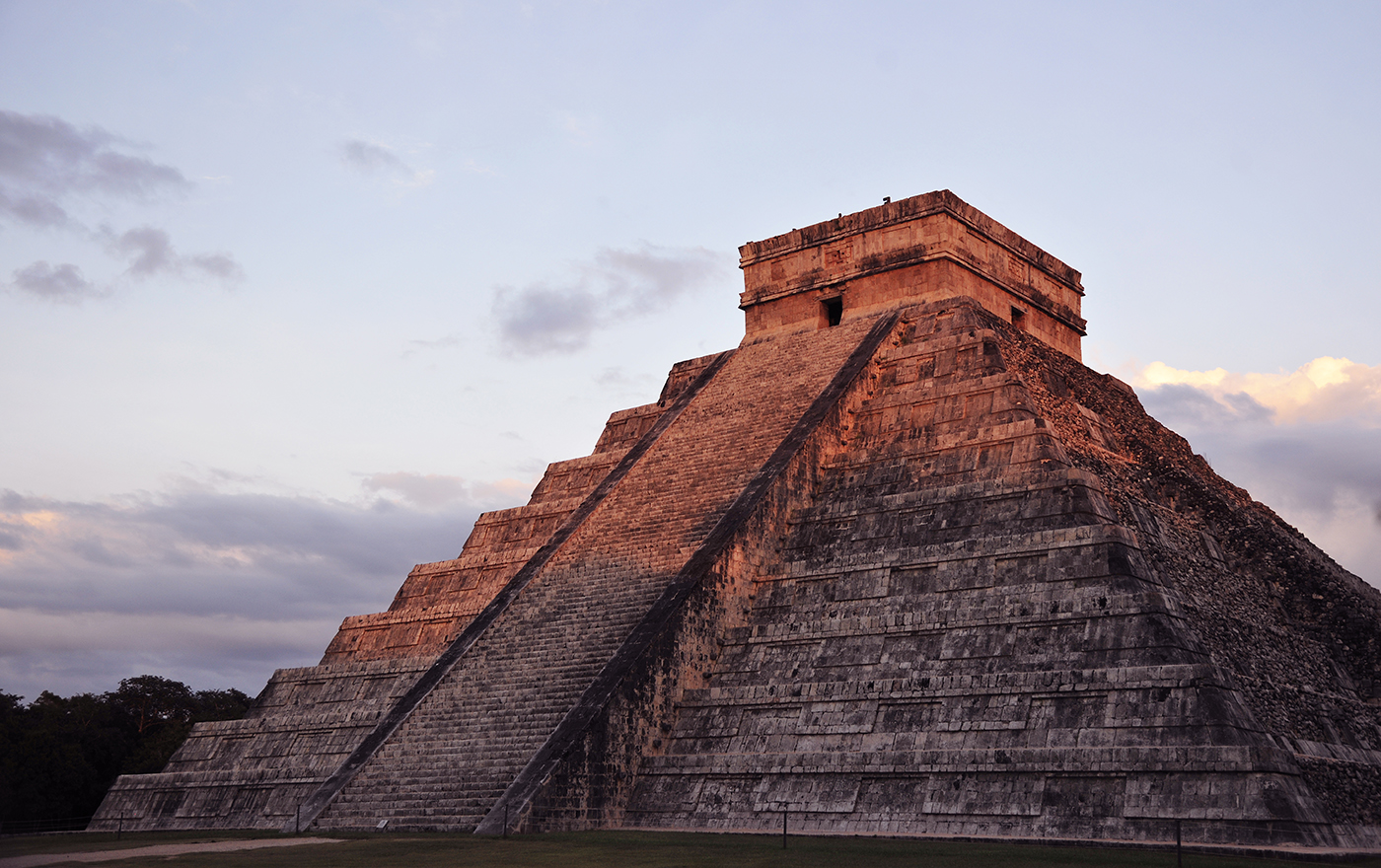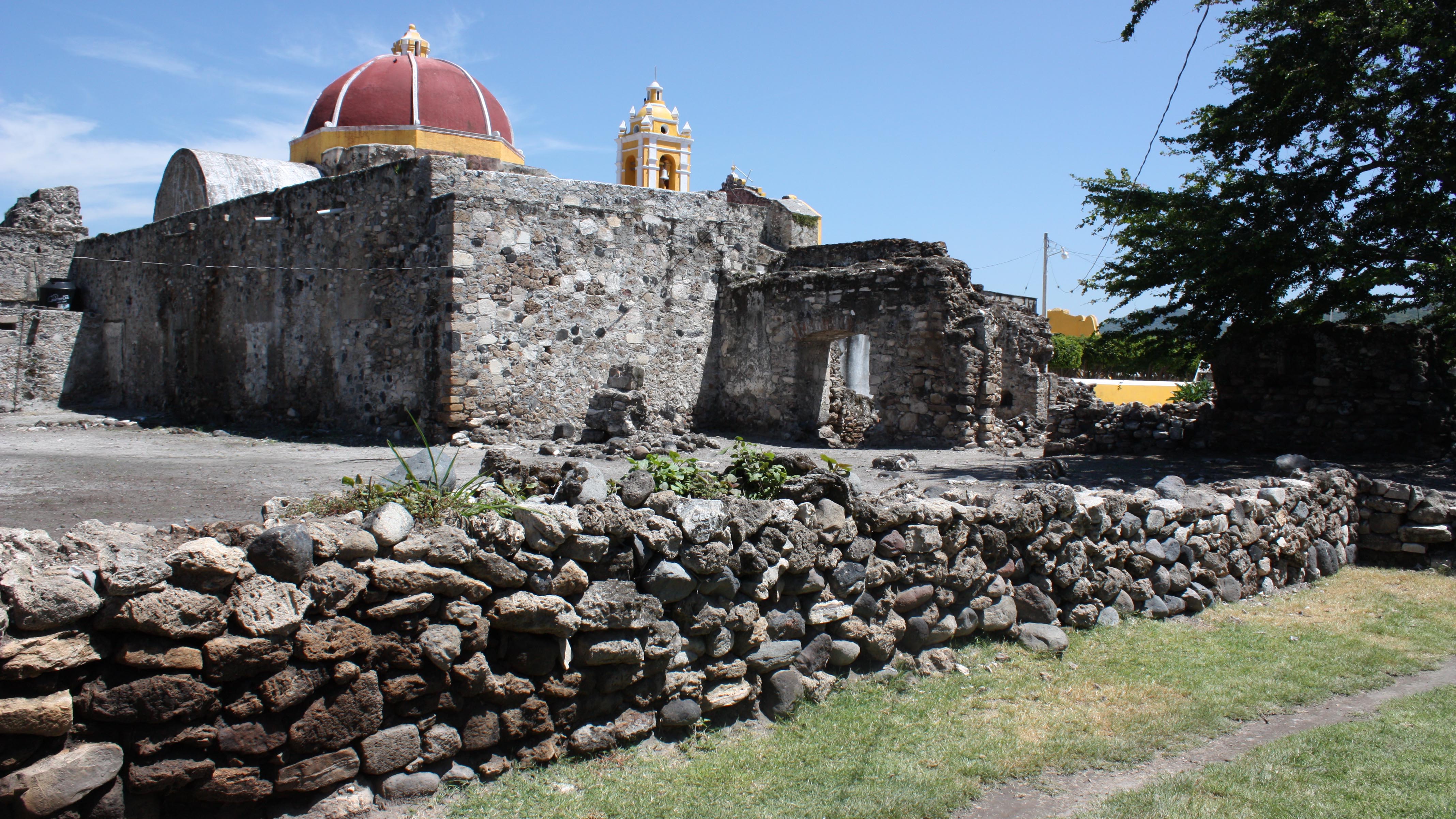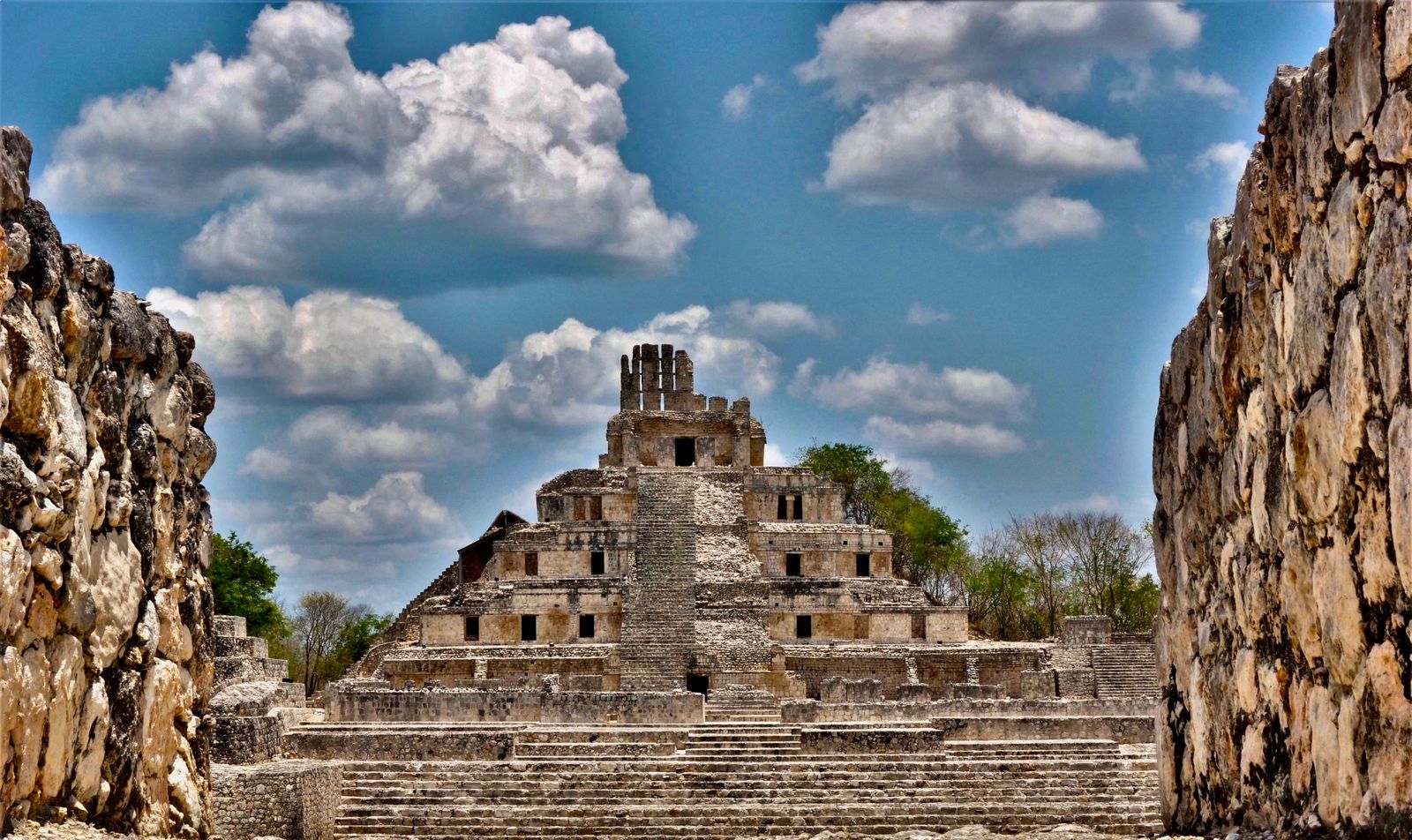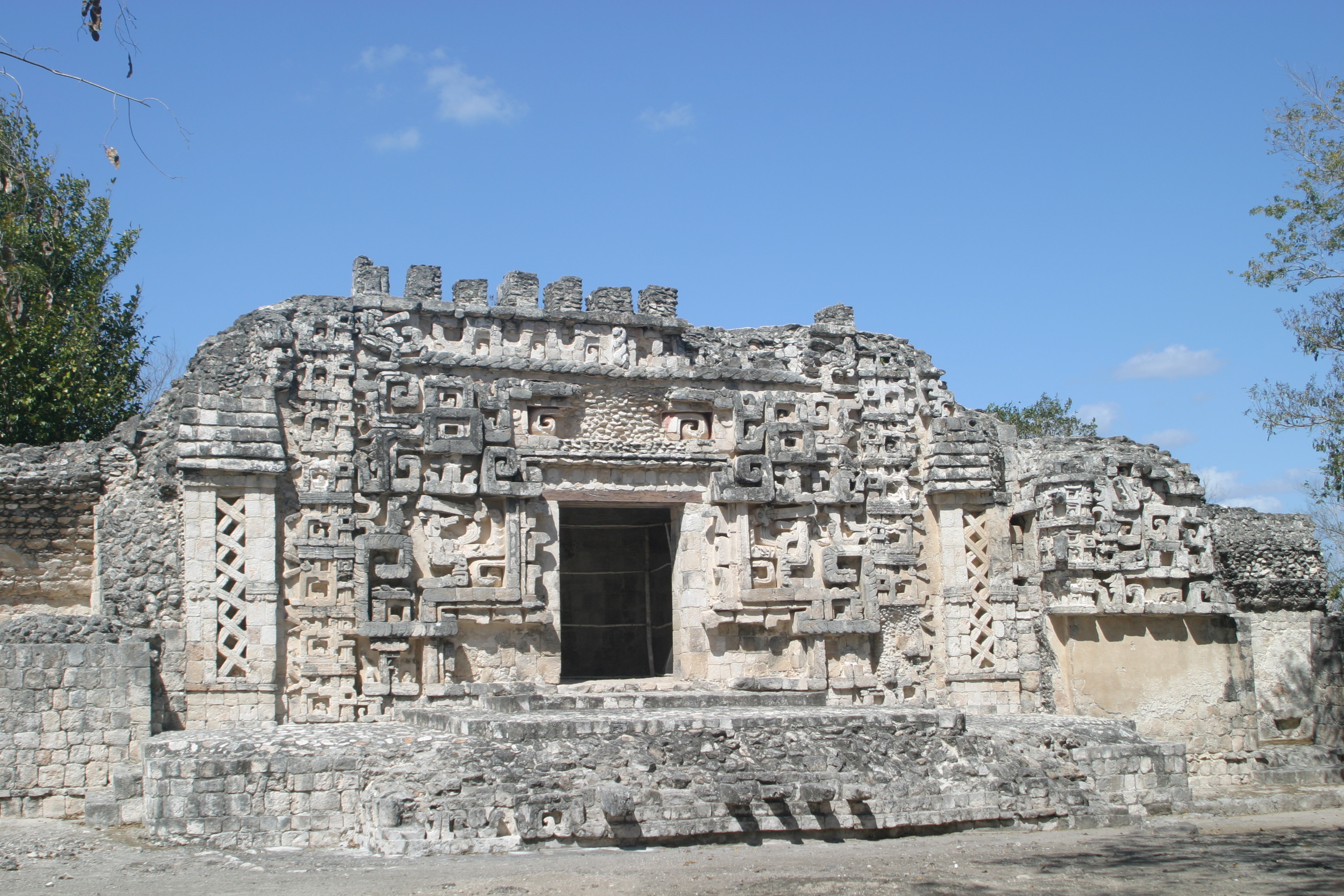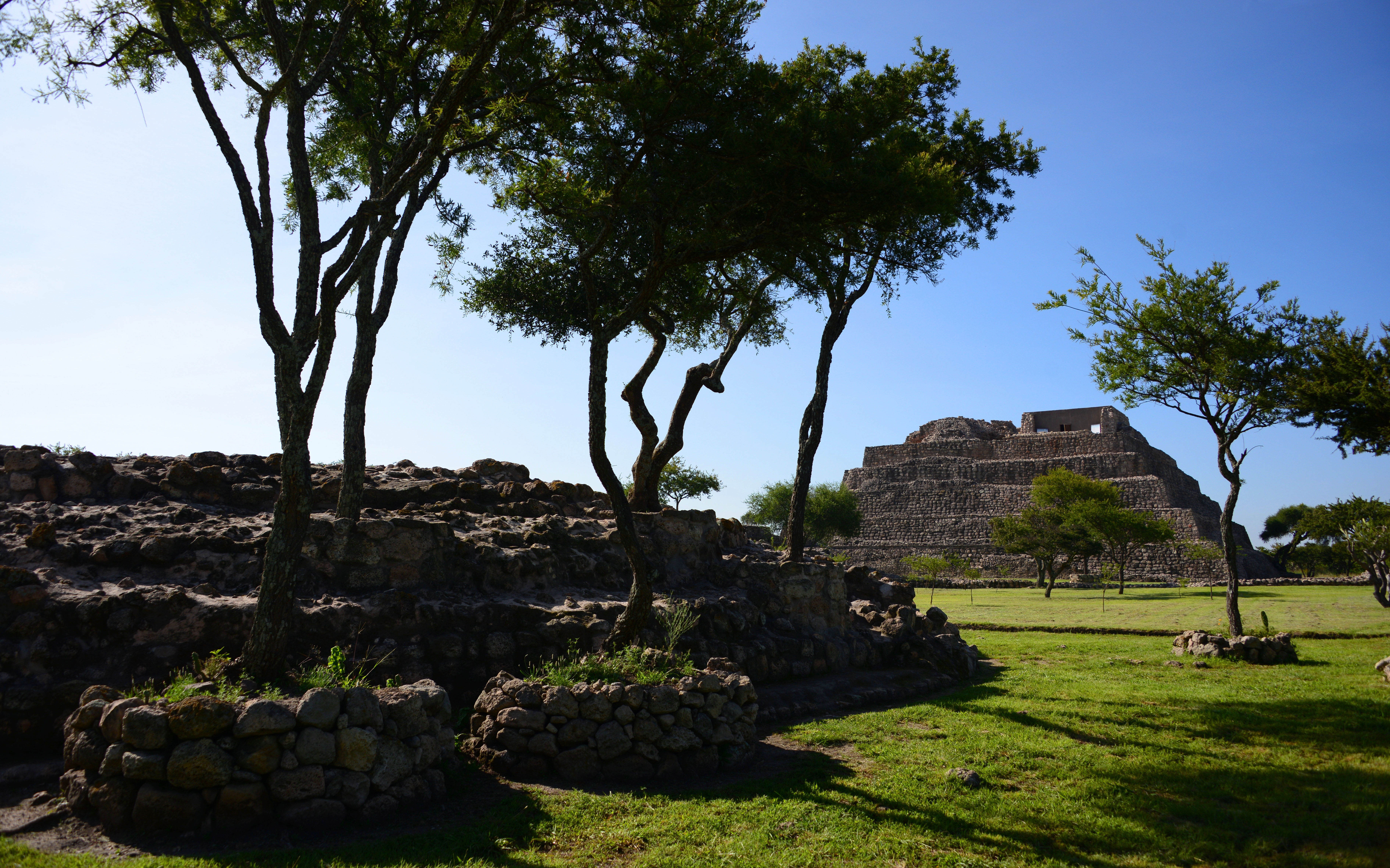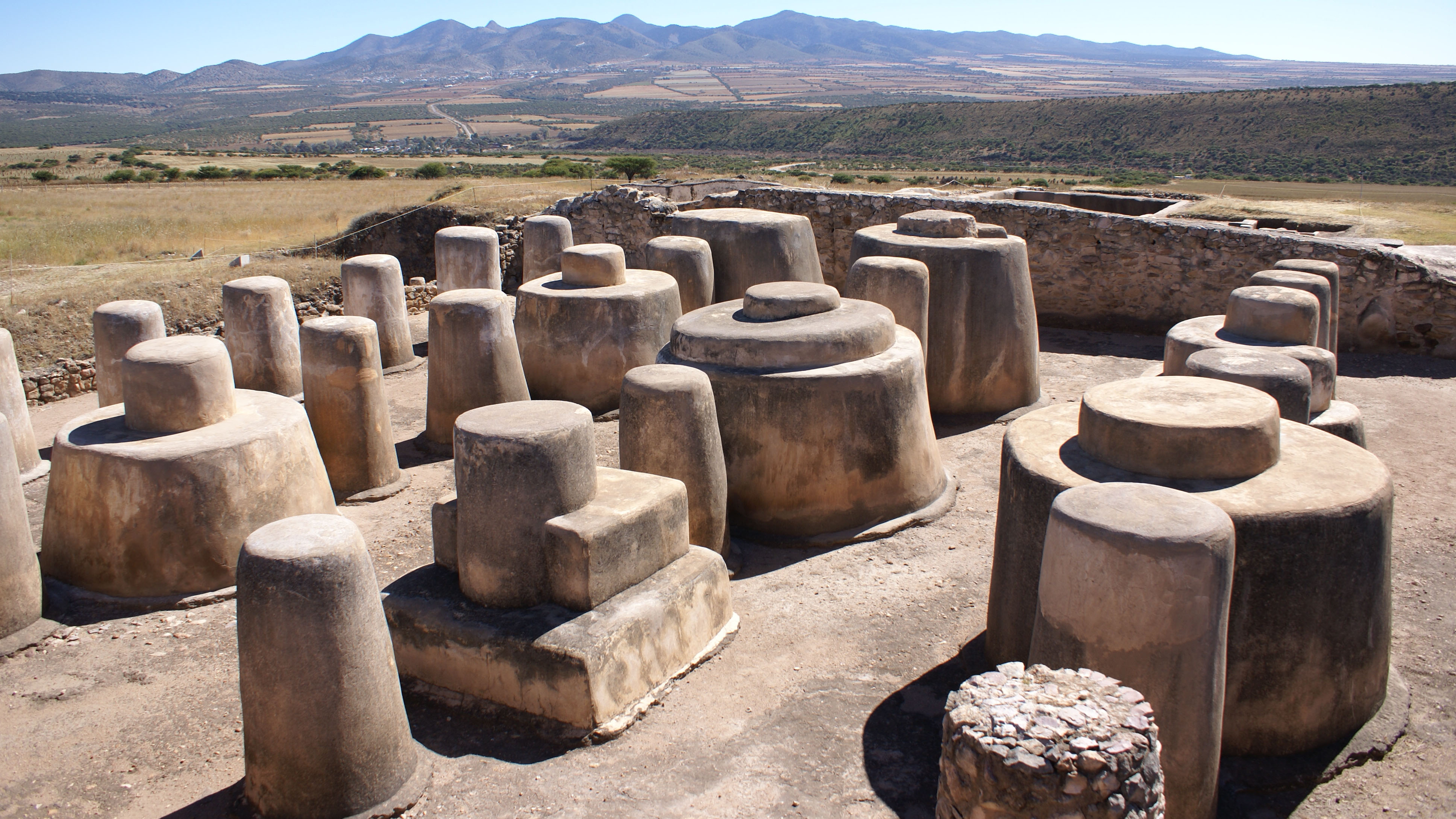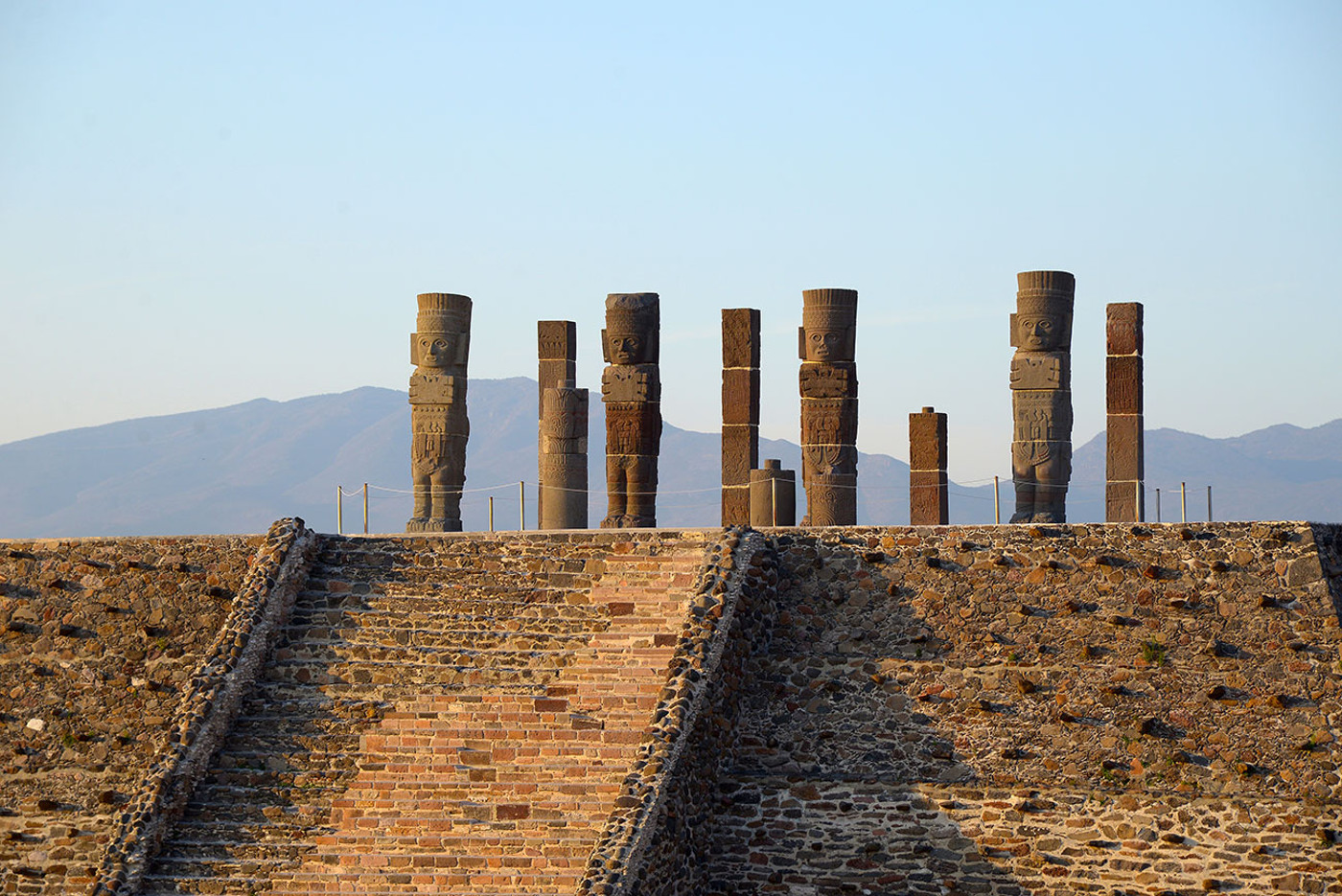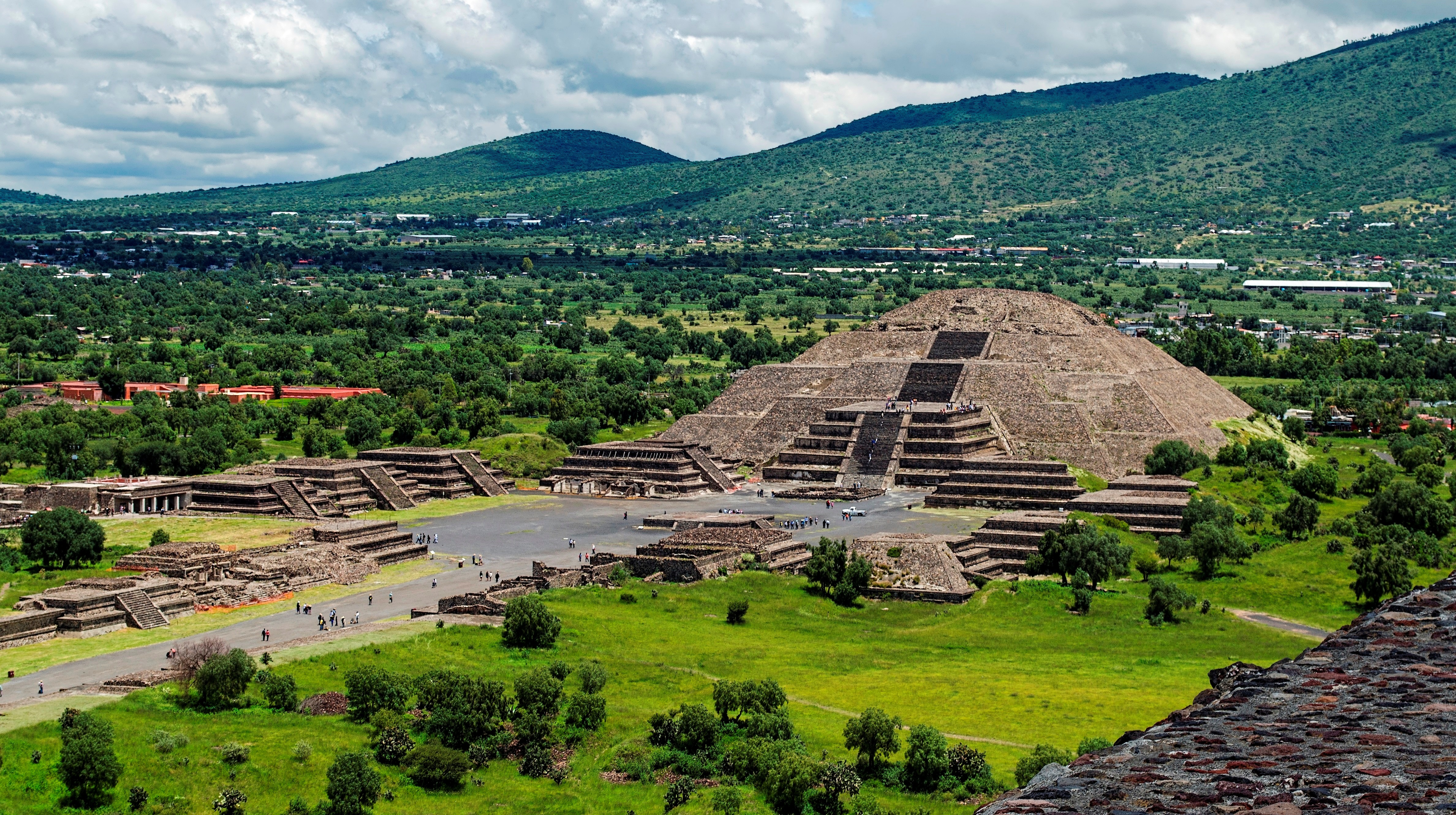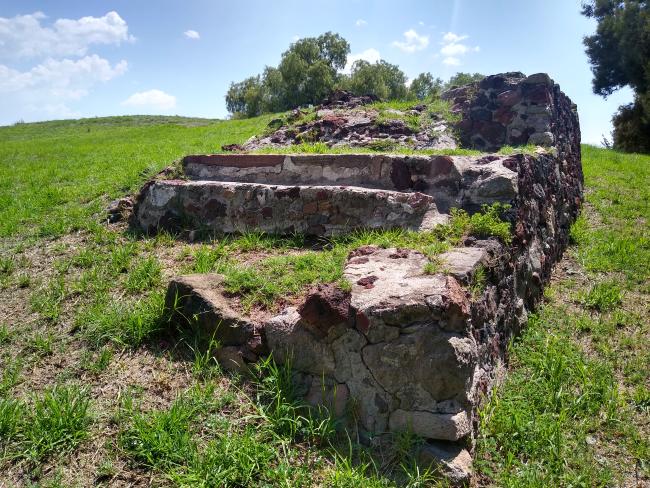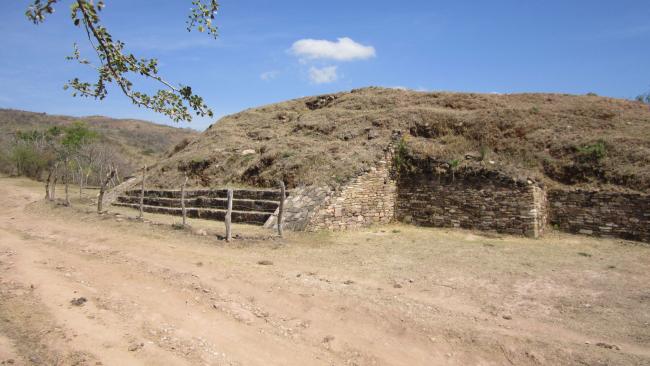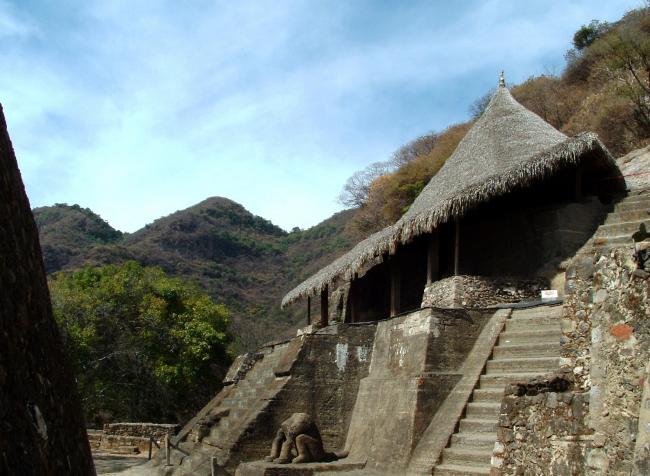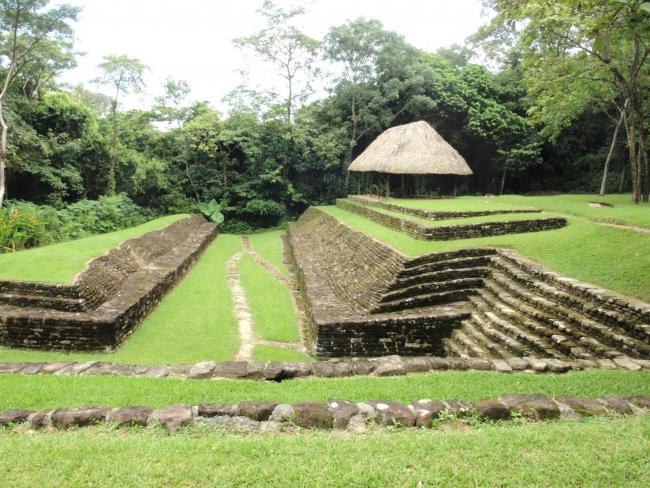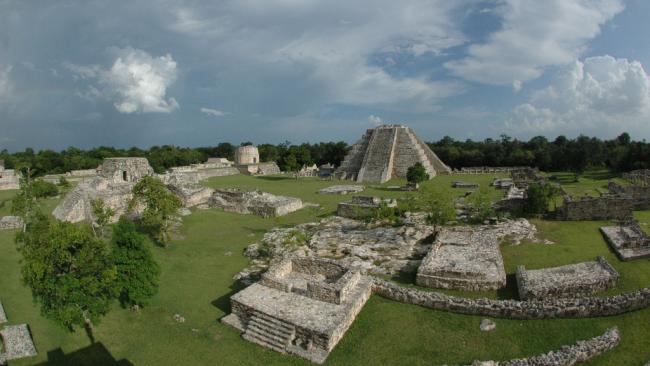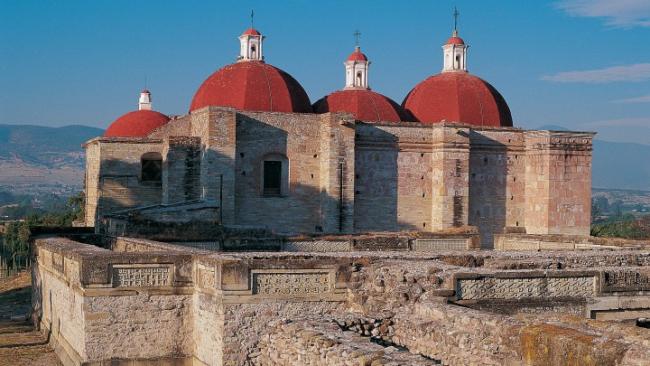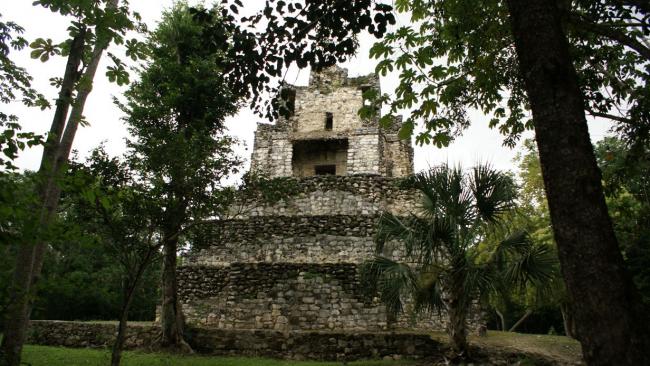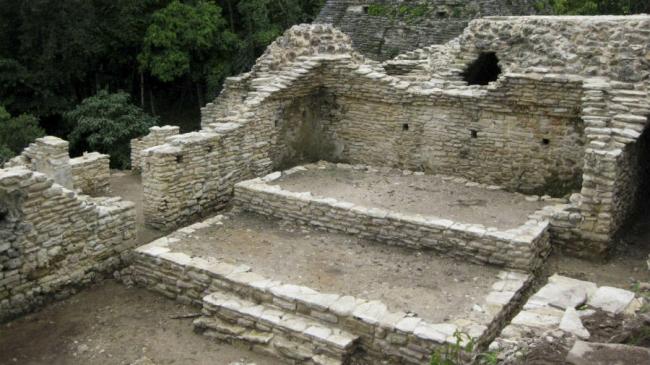
Zonas Arqueológicas
Los Melones
Here lie the ruins of the great city of Texcoco, capital of Acolhuacan (660 to 1521), where once stood the poet king Nezahualcóyotl's palace. Nowadays, only a small architectural complex remains, which allows us to admire the skill of its inhabitants at cutting and maneuvering enormous blocks of…
Los Reyes Acaquilpan
This is a small settlement that was subjugated by the Acolhua. It maintains a westward-facing pyramid, which is unusual for Mesoamerica and leads us to suppose that it was dedicated to Huitzilopochtli. There are rooms next to the pyramid in which the rulers lived.
Los Tepoltzis
Its location on top of one of the hills close to the town of Tixtla leads us to believe that this small ceremonial center was dedicated to the rain god. The skill of its inhabitants in working stone is patent in the masks and figurines they left at this site.
Malinalco
This site is unique in Mesoamerica, as it was carved in one piece out of an enormous rock on the edge of a cliff for military initiation purposes. The site was created by the Mexica not long before the Spanish conquest, and is dedicated to the initiation of Eagle and Jaguar-Ocelot warriors. It…
Malpasito
This site is characteristic of the Zoque culture, close to the Olmec and the Maya, but different. Thirteen hundred years ago its founders flattened the irregular terrain and formed artificial terraces on which to erect their delicate constructions, as well as producing fine pottery.
Mayapán
The last great city of the ancient Maya, walled, reminiscent of Chichen Itza once it had fallen. With a population of up to 12,000, founded 1,300 years ago, buildings with significant Maya-Toltec influence but with its own style, and an unexpected mural painting of great value.
Mitla
This is a zone where stone was worked like jewellery and the Zapotec people showed their devotion to the dead. Here we can see the imprint of the skills of this indigenous group and its marvellous world, established 18 centuries ago.
Mixcoac
Situated to the southwest of Mexico City and contemporary with the Mexica people and Mexico-Tenochtitlan. The site has been continually excavated, restored and managed for more than 100 years, surviving the urban expansion of recent times.
Monte Albán
The great Zapotec capital, on the flattened top of a group of hills, where the populace lived on the hillsides. Marvellous monuments, burial sites, ceramics, gold jewellery and fine stones. A rival of Teotihuacan, it was invaded by this empire, but survived to leave this amazing legacy.
Moral-Reforma
From a small village it developed into an important point of control for the trade between Petén and the Gulf coast, via the river San Pedro in Tabasco, over a period of 1,700 years. Splendid walled pyramids and filigree inscriptions testify to its alliance with Calakmul and Palenque.
Muyil
An important coastal city, inhabited since the fifth century BC, with impressive architecture related to that of El Petén in Guatemala, of temples erected with intricate arrises. It was of great importance in the trade between the peninsula and the Gulf coast. It had contact with Chichen Itza…
Nadzca'an
Surrounded by thick jungle, this city was discovered in 1993 and little is known about it. The great number of buildings, as well as their size, are proof of the importance it attained. It is remarkable that a great many stelae were found inside the structures.

